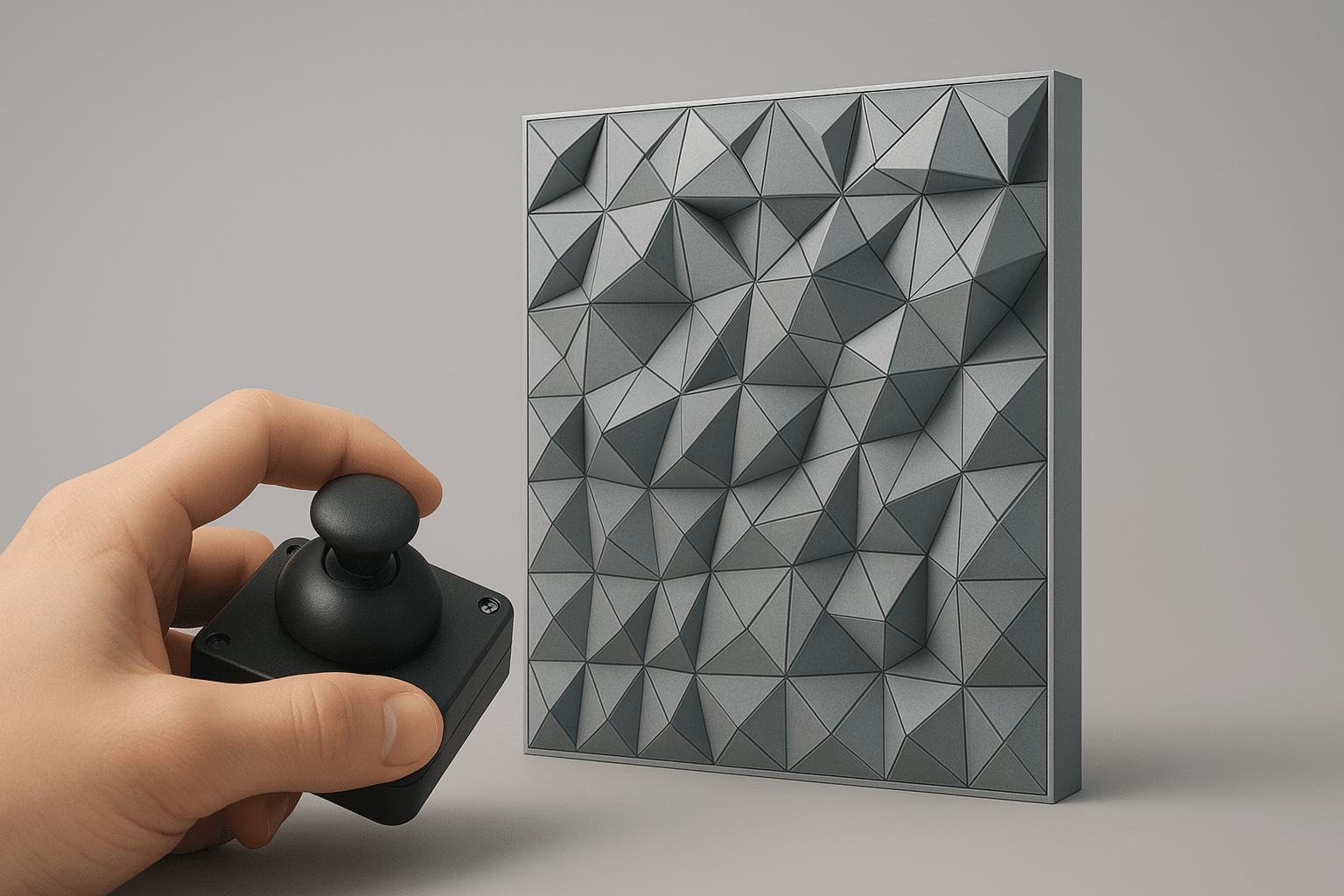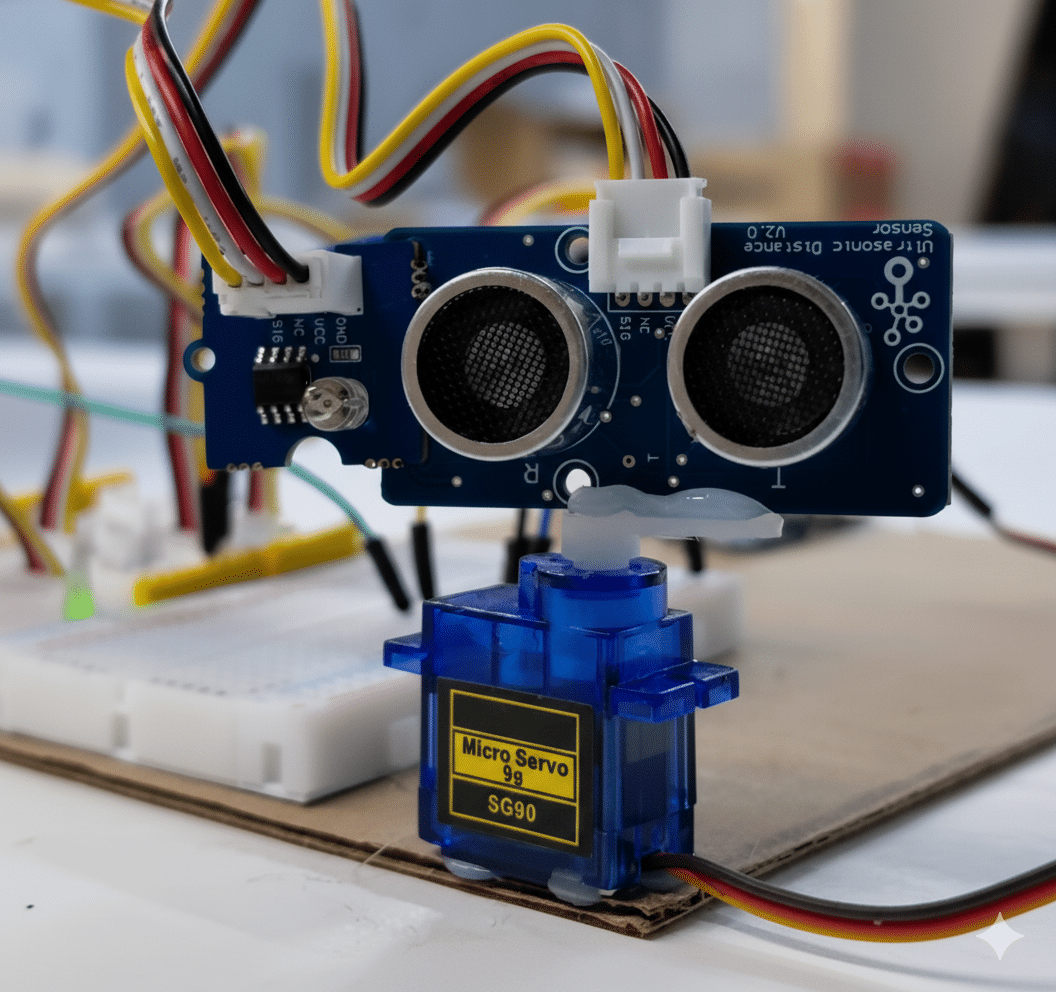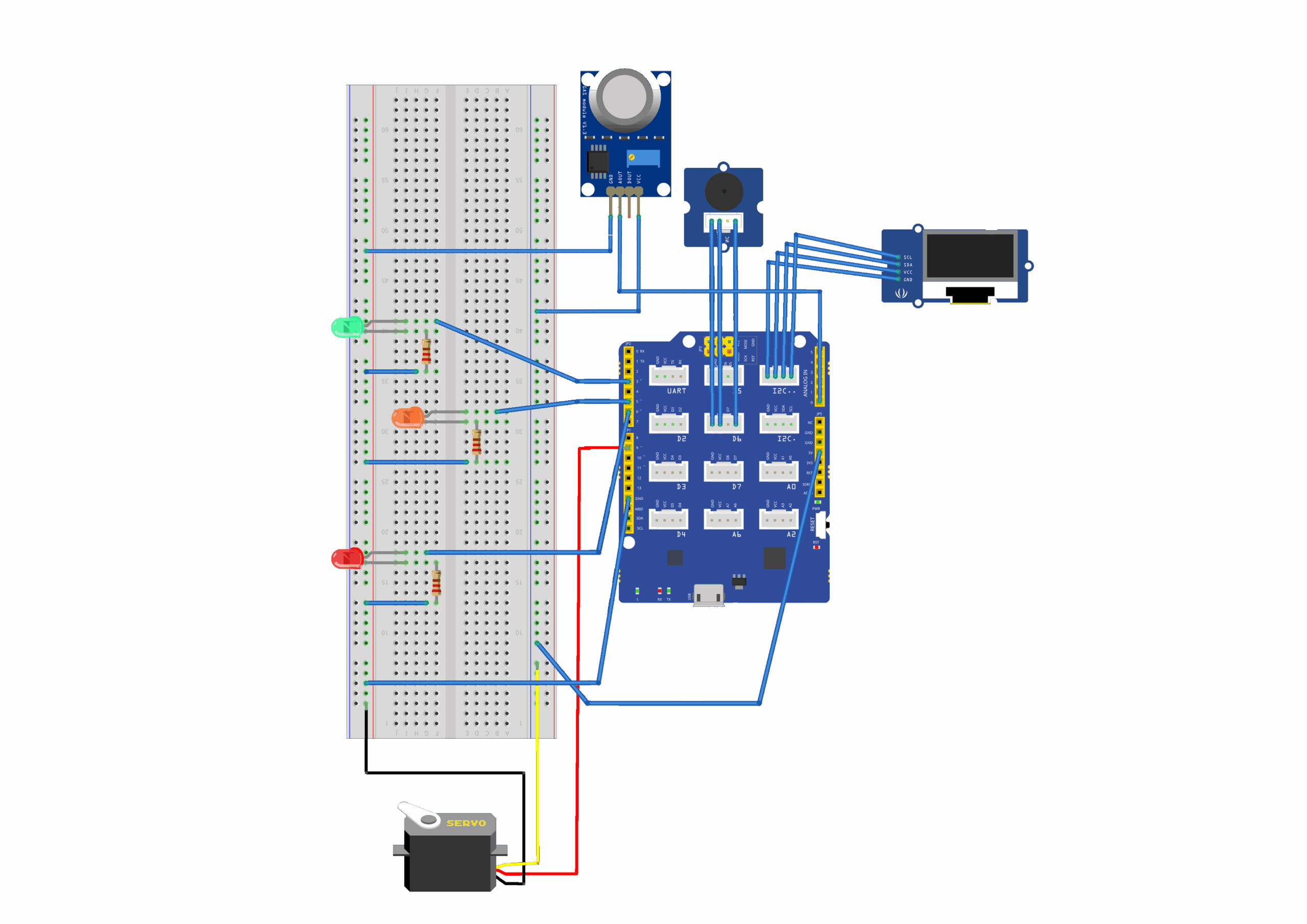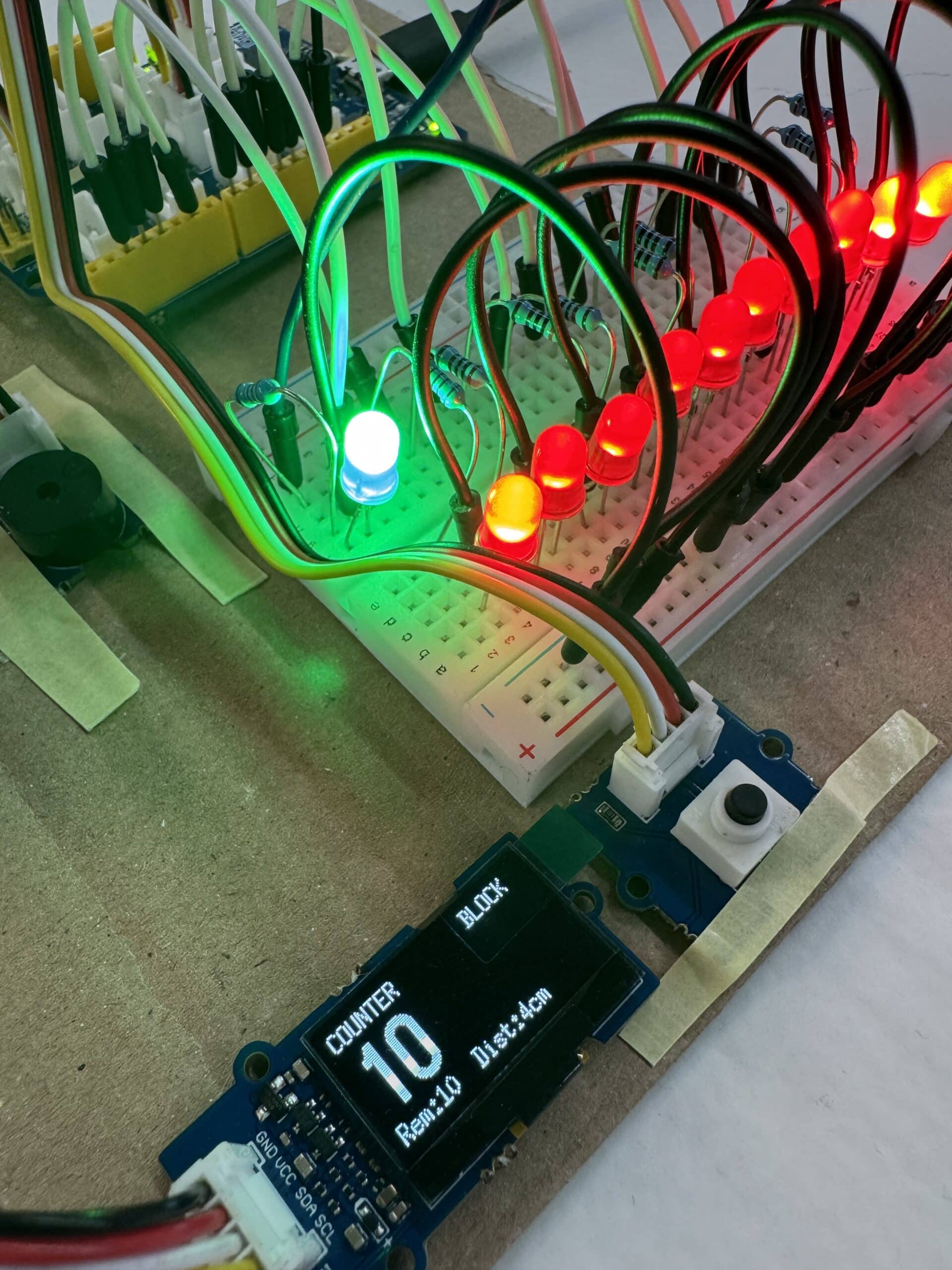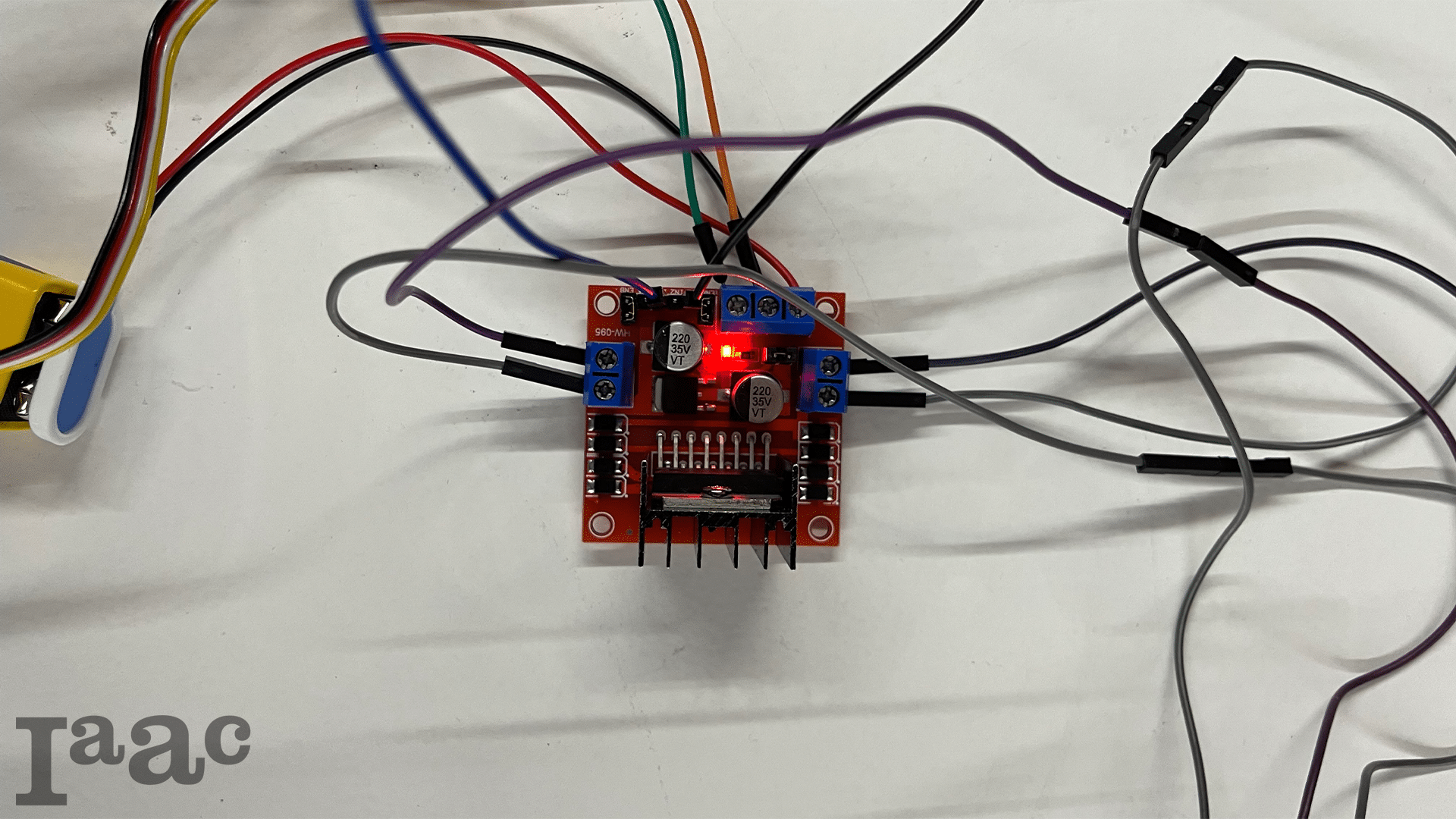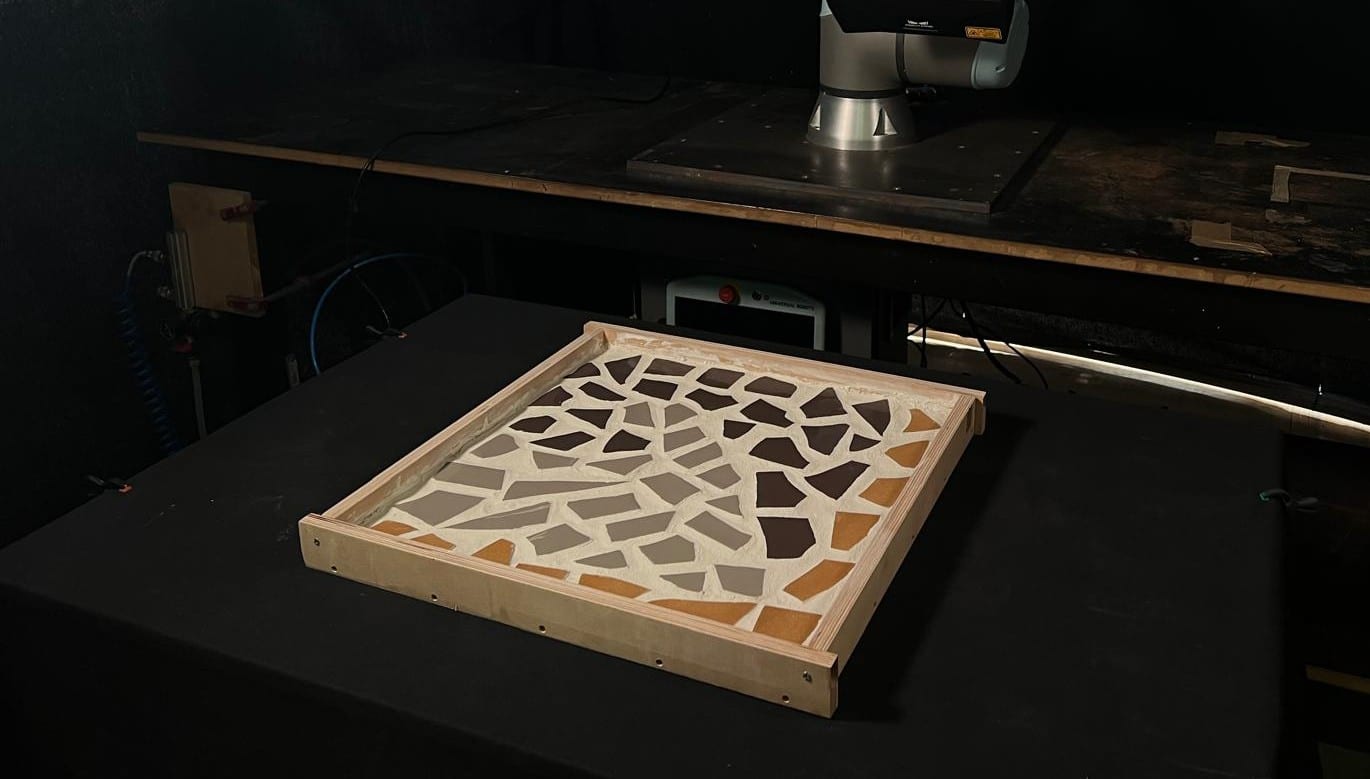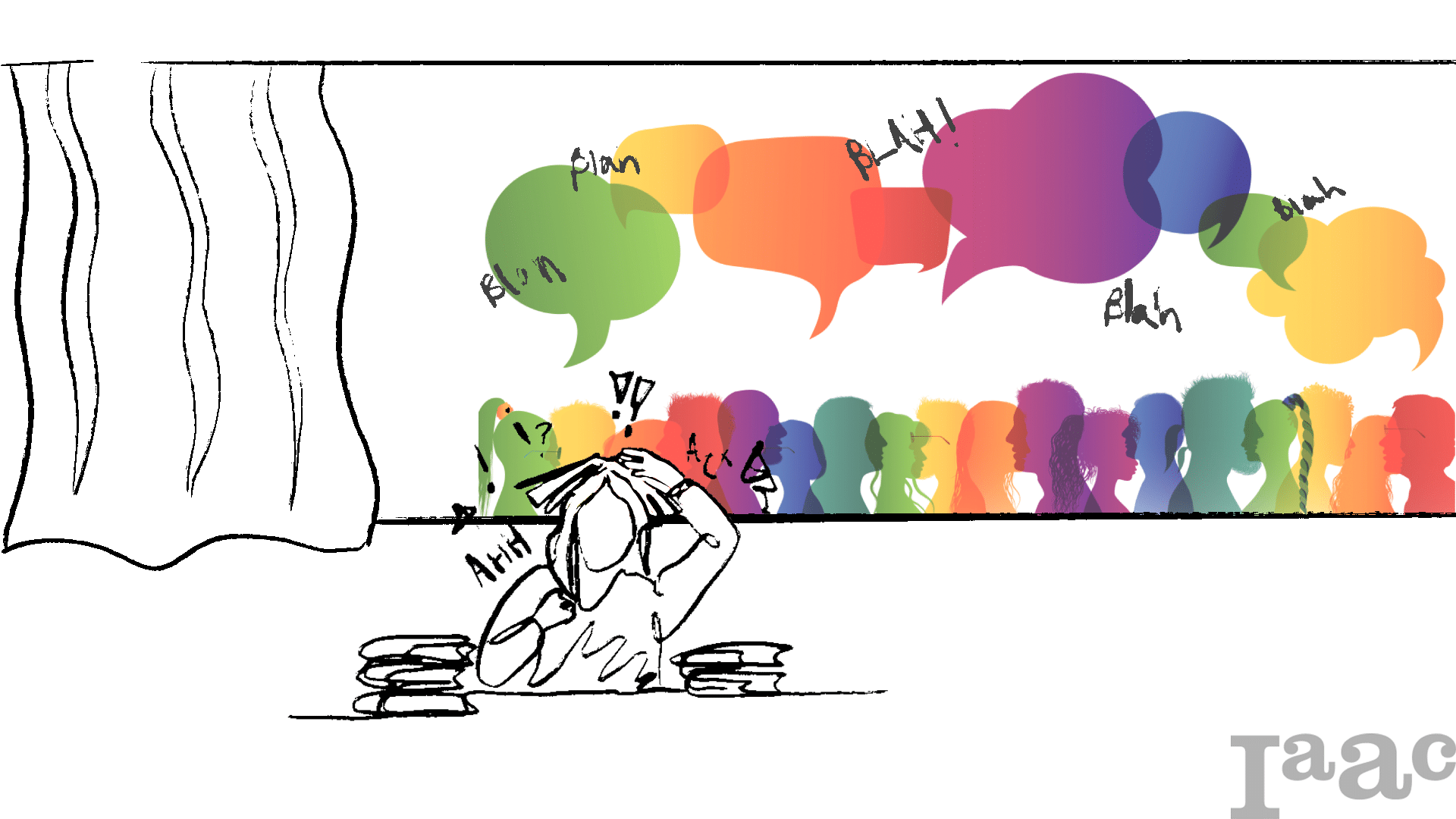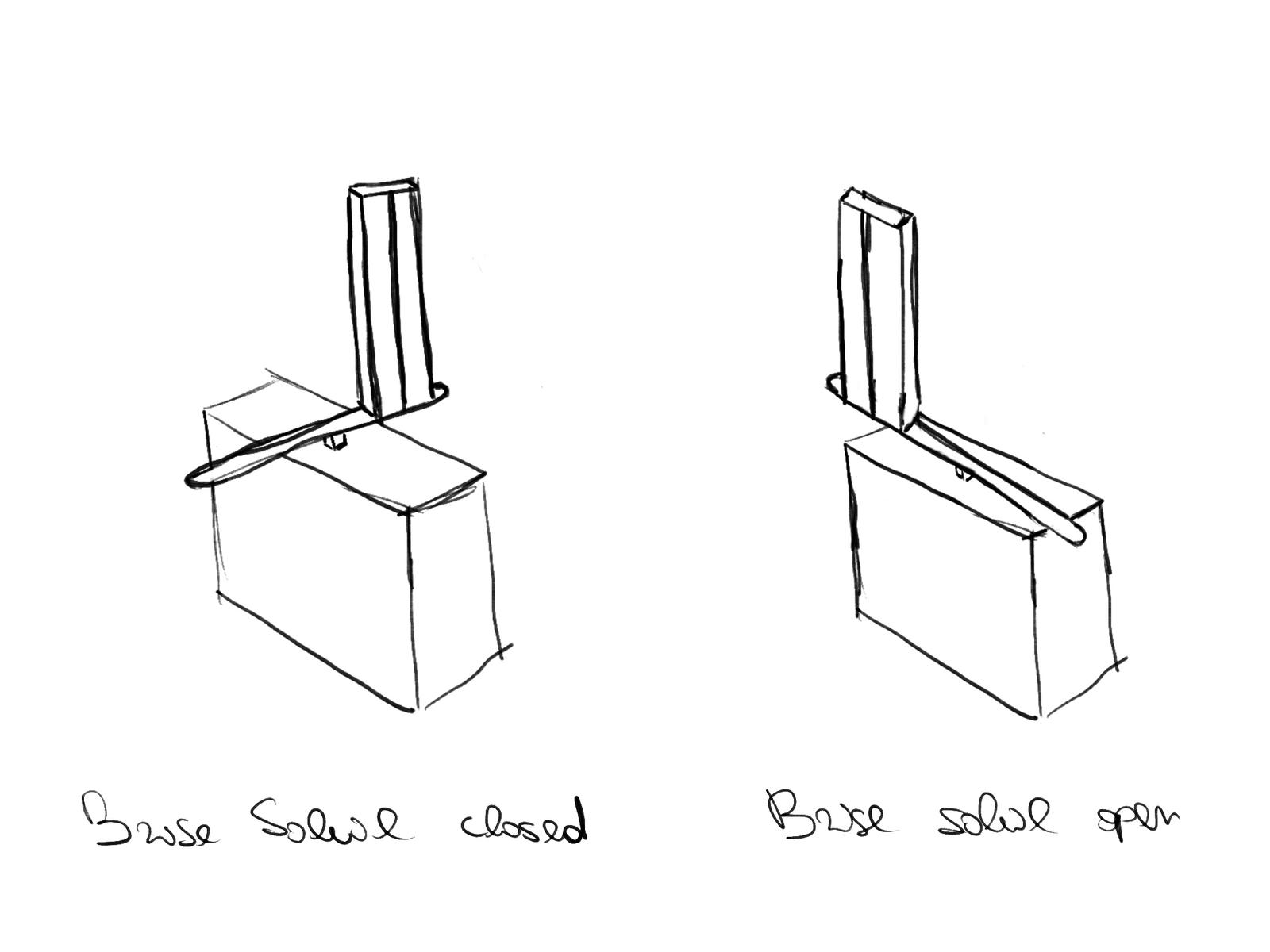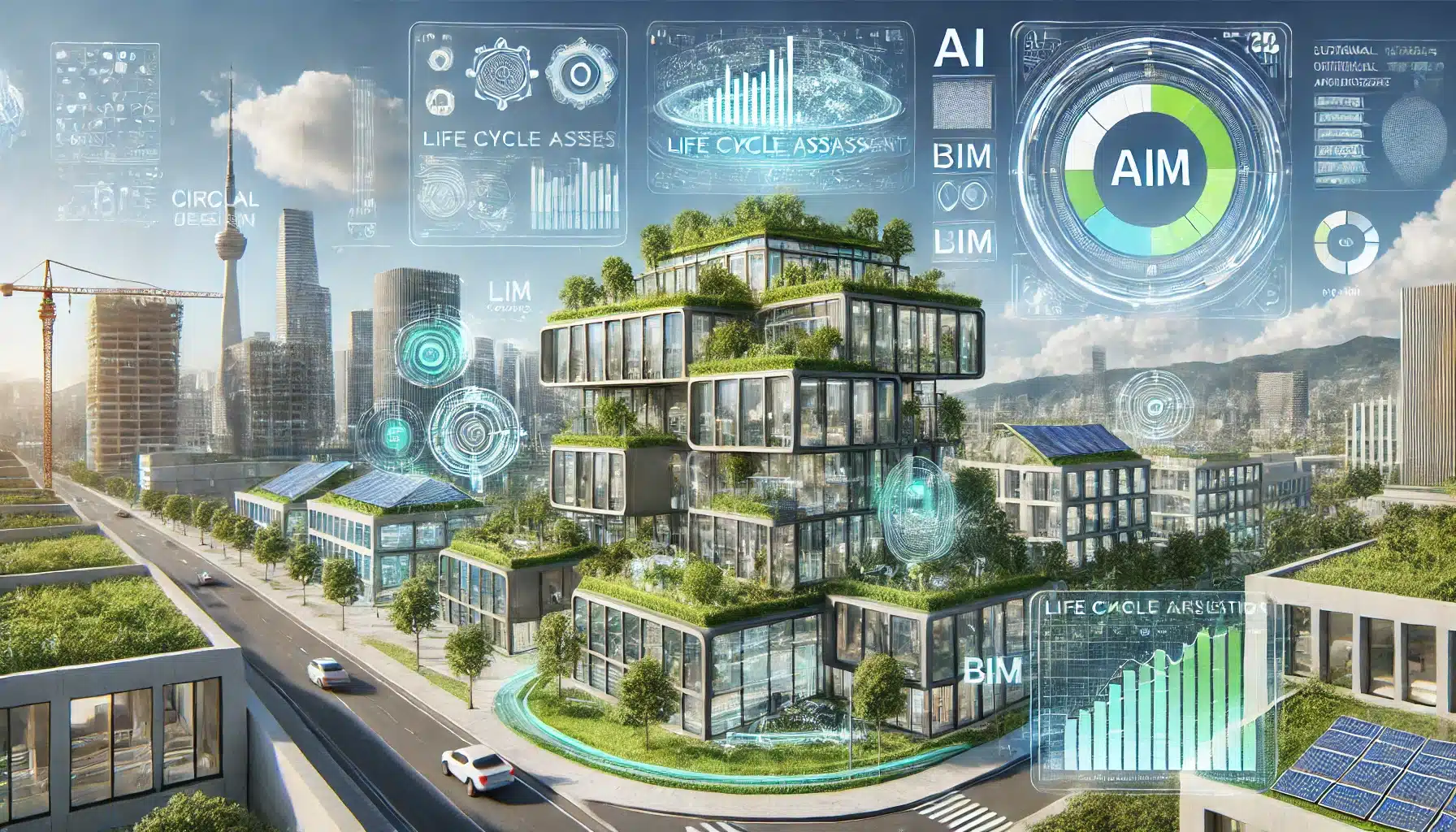Prototipo de fachada inteligente
Concept This project features a dynamic façade that responds to joystick movements, allowing users to control the orientation of its panels toward the north, south, east, or west. Each direction activates a different sound and colored light, providing both auditory and visual feedback that complements the tactile control. For example, a high-pitched tone and red … Read more

